Podcast: Play in new window | Download
Subscribe: RSS
Creating effective marketing campaigns is a great way to grow your business. However, knowing what types of campaigns to use and setting them up isn’t as simple as it may seem.
You might be wondering, where do I even start?
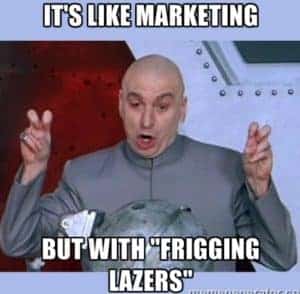
What’s New?
What’s new in marketing: Google Chrome to phase out third-party cookies, google search update, a new studio dedicated to TikTok strategy, and Snapchat doubles down its advertising offer.
Google Chrome pushes back plans to phase out third-party cookies – Google announced Thursday that it would delay plans to scrap third-party cookies from its Chrome browser until late 2023, two years later than previously anticipated.
Confirmed Google Search Spam Algorithm Update On June 23 – Google has confirmed that on June 23, 2021, it has released a search “spam update.” The update started and was completed on a single day, June 23.
Unilever, Geico, Madewell, among brands embracing new studio dedicated to TikTok strategy – Unilever, Madewell, Google, MTV, and Geico are among the early partners for a new studio Attn: has set up to help brands better navigate TikTok, according to an announcement.
Snapchat doubles down on its advertising offer, but will brands bite? – Snapchat’s offer to advertisers has expanded in recent months as it opened up everything from Commercials to e-commerce and upped the ante for professional creators.
What’s Working?
Campaigns are a great way to grow your business by building brand awareness, leads, and customers.

There are several types of marketing campaigns, and the campaign you choose should be specific to your business.
5 Types of Campaigns You Can Use To Grow Your Business Today
To help you grow your business, we’ll be discussing these 5 types of effective campaigns: Brand Awareness, Lead Generation – Drive Downloads, Lead Generation – Webinar Registration, Lead Generation – Contesting, and Micro-Moment Campaigns.
1. Brand Awareness
By using social media marketing, you can create brand awareness through:
- Reaching a broad target at a fairly lost cost.
- Creating hyper-targeted audiences and selecting who sees your ads.
- Boosting brand awareness.
- Turning people who saw your ads into customers with remarketing.
- Maximizing customer value. (For example, existing customers are more likely to purchase again after seeing your brand ads.)
Why should you care about brand awareness? It helps you foster trust with your audience, create an association, and build brand equity.
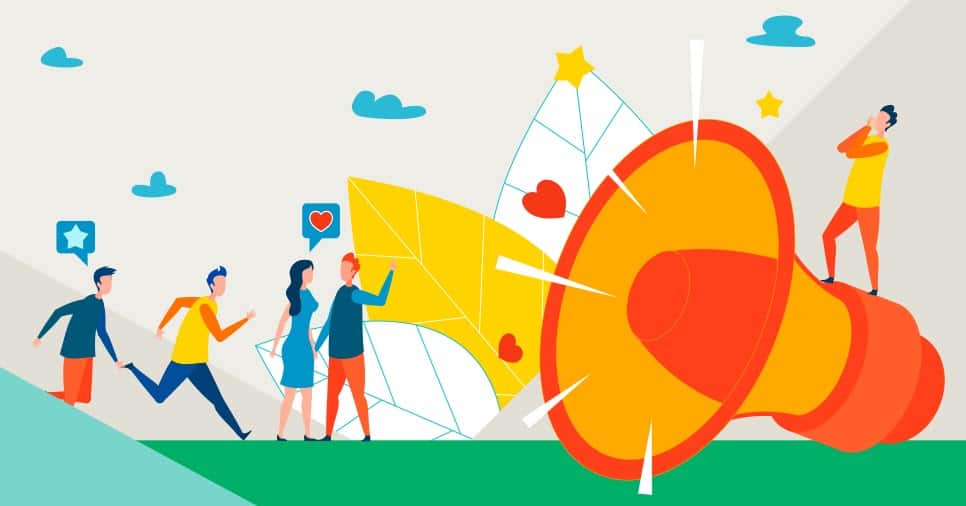
Audience Creation
Build your audience. Creating a broader audience allows you to reach more people.
You’ll have the opportunity to test ad groups and ads for specific demographics, along with being able to tell a narrative.
You can add limited interest groups to allow Facebook and Google AI to do their job.
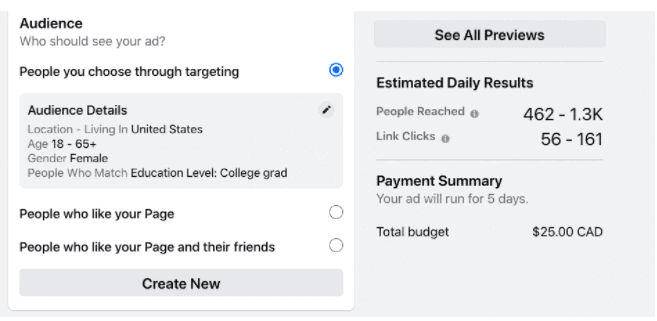
Stellar Copywriting Formulas
It’s not only about the campaigns that you create, but the kind of copy you write. To help your content stand out, here are some great copywriting formulas you can use:
Problem, Agitate, Solution
P: Identify the main problem.
A: Agitate with emotions & stressors.
S: Offer your product as the solution.
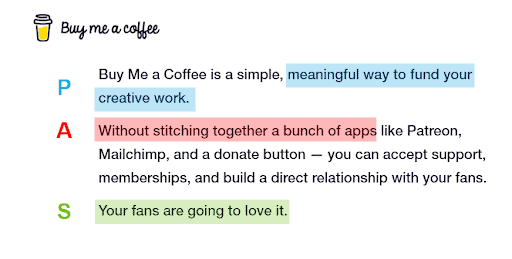
Be X Without Y
Be [solution] without [pain-point].
Focus on what your audience wants to become and how they can achieve it with no stress.

Anaphora
The repetition of a word or phrase at the beginning of each sentence helps solidify your message.

Attention, Interest, Desire, Action
Get attention via a bold statement. Tease the solution to spark interest. Build desire via wants and needs, then show them how to take action.
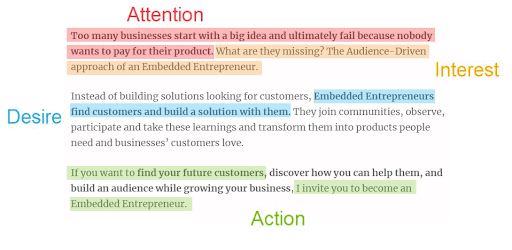
Example – Boosted Post For Brand Awareness
Why does a boosted post work?
- Catches the audience’s attention.
- Gives you an opportunity to build your audience and not just engagement.
- Helps in building a community around your brand.
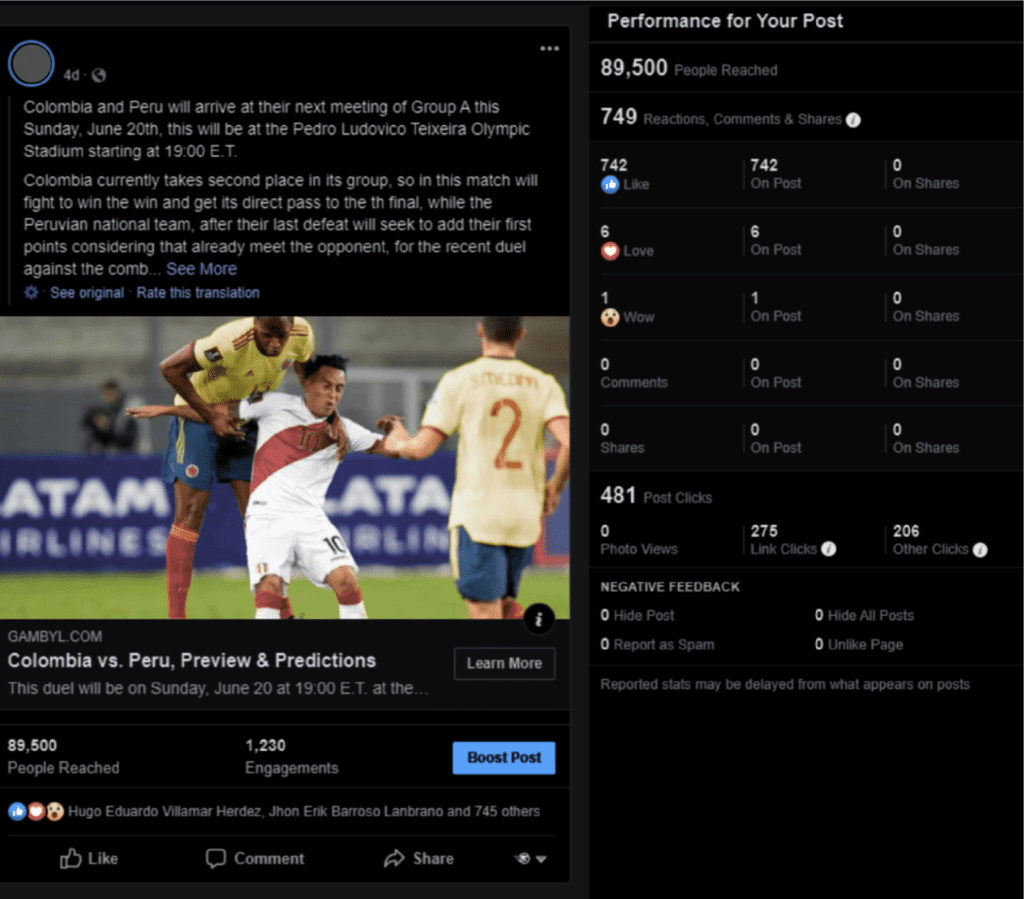
2. Lead Generation – Drive Downloads
Lead ads are ads that appear on users’ feeds and stories on Facebook and Instagram.
They help businesses collect users’ contact information.
A conversion is an action you want to be completed after your PPC ad is clicked on. This action is most common in the direct response world, a form submission or a sale, or a download, depending on your program’s goals.
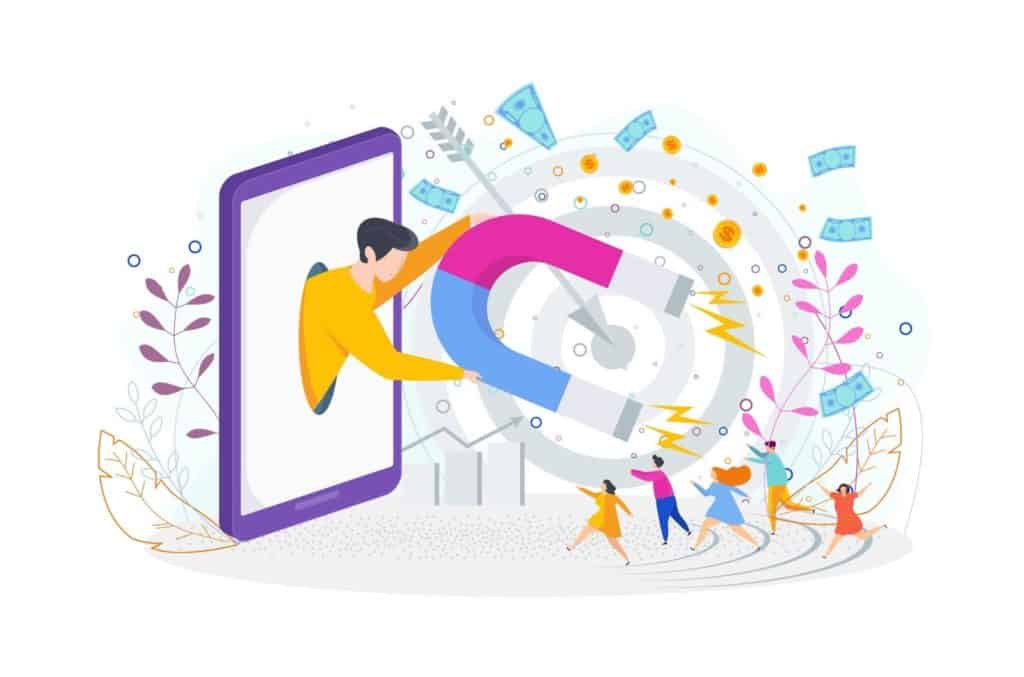
Examples Lead Generation – Drive Downloads
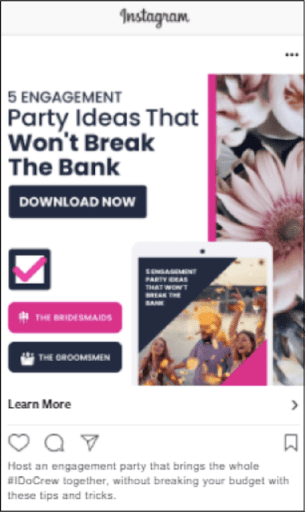
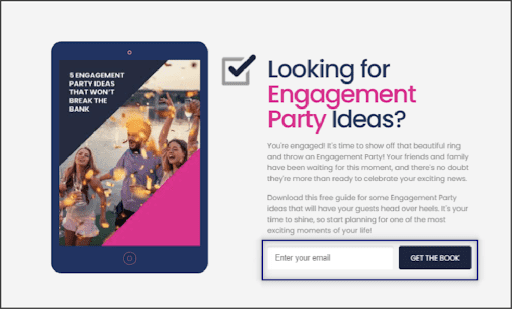
With this lead generation:
- Reach – 4,522
- Conversion Rate – 72%
- Cost per Conversion – $6.04
3. Lead Generation – Webinar Registration
A lead generation webinar registration campaign is great for:
- Attracting high-quality leads to register.
- Alternatively testing with Facebook or Google Lead Generation campaigns.
- Offering on-demand or replay.
- Following-up through reminder emails.

Lead Generation – Facebook Forms
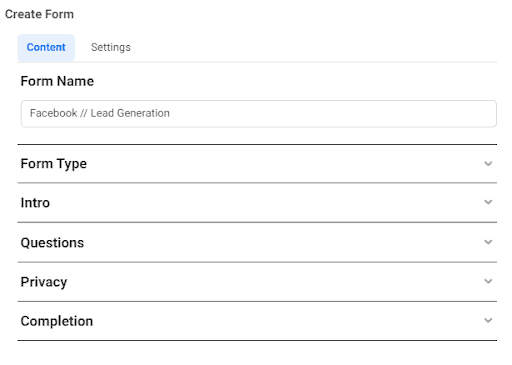
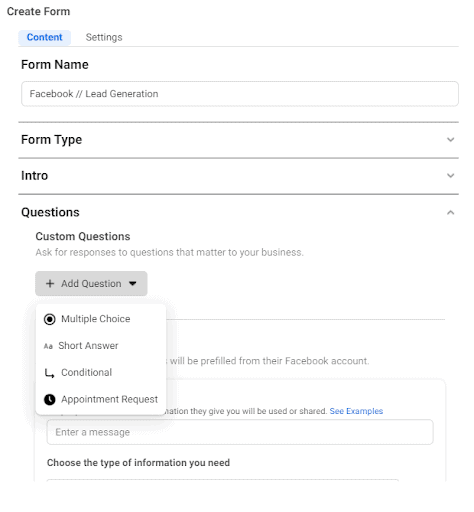
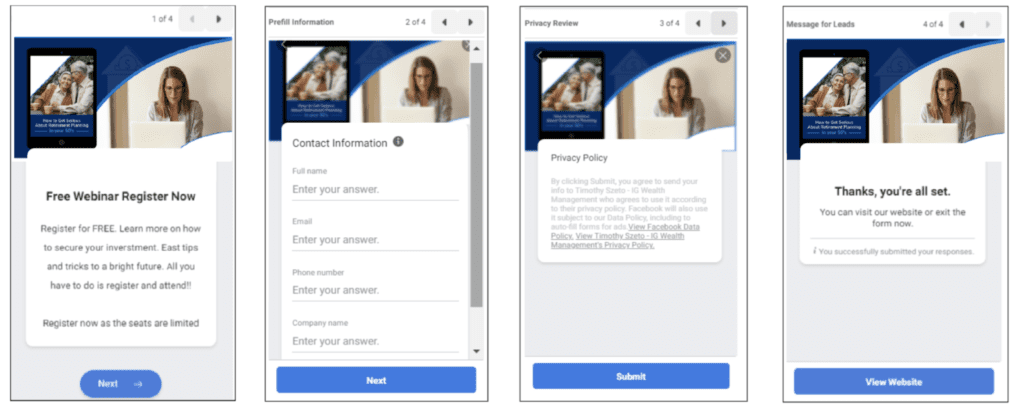
Examples of Lead Generation – Webinar Registration
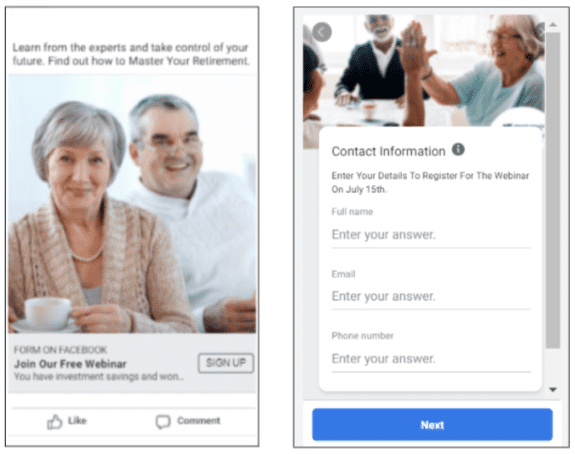
With this campaign:
- Reach – 8,752
- Conversion Rate – 12.79%
- Cost per Conversion – $18.60

With this campaign:
- Reach – 12,464
- Conversion Rate – 17.81%
- Cost per conversion – $41.67
4. Contest and Offer Campaigns
Who doesn’t love winning?
Running a social media contest is an amazing opportunity to amplify your brand, your products, and your services. Contests are one of the few effective ways to generate leads with a minimal promotional budget.
Running a specific contest or offers to remarketing audiences offers a higher conversion rate.

Examples of Offer Campaigns
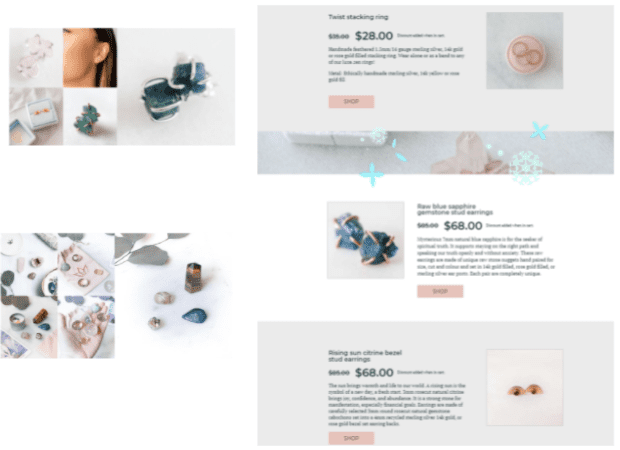
With this campaign:
- Reach – 29,724
- Conversion Rate – 17.81%
- Cost per conversion – $9.30
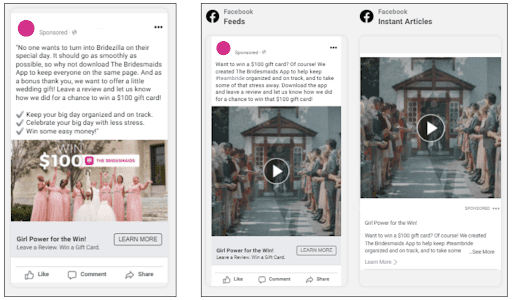
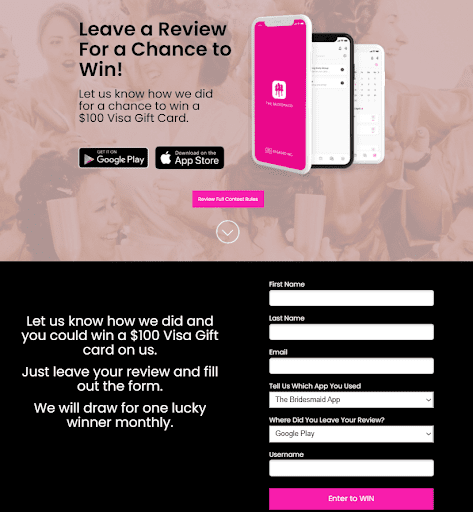
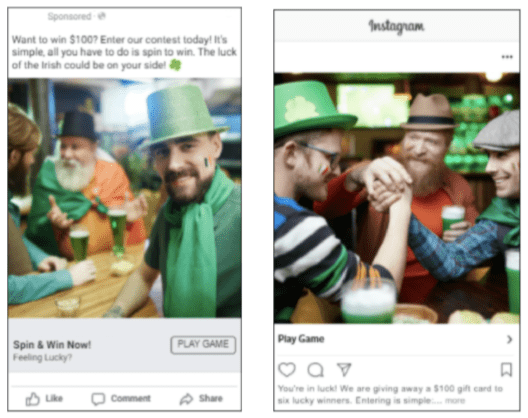
With this campaign:
- Reach – 35,290
- Conversion Rate – 29.68%
- Cost per Conversion – $6.57
5. Micro-Moment Campaigns
Micro-moments occur when people reflexively turn to a device to act on a need to learn, do, discover, watch, or buy something.
They are intent-rich moments when decisions are made and preferences are shaped.
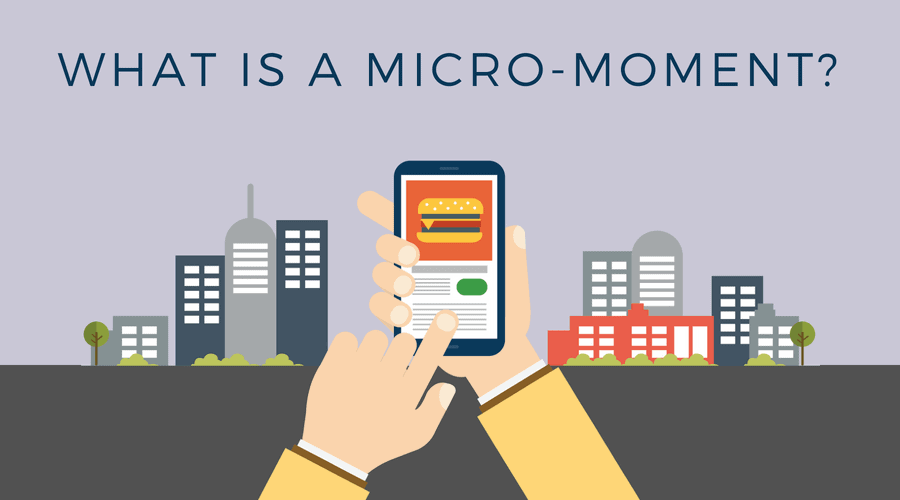
Micro-Moment Types
The types of Micro-Moments that a customer can experience are:
- I want to know moments.
- I want to go moments.
- I want to do moments.
- I want to buy moments.
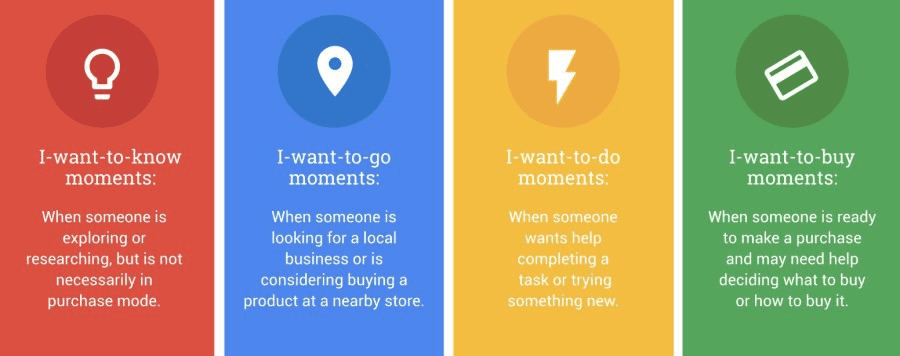
Examples of How to Use Micro-Moment
The best ways you can use micro-moments are:
- 24 / 7 Services
- Call Extensions / Call Only Ads
- Location Extensions
- Map Extensions
- Lead Form Extensions
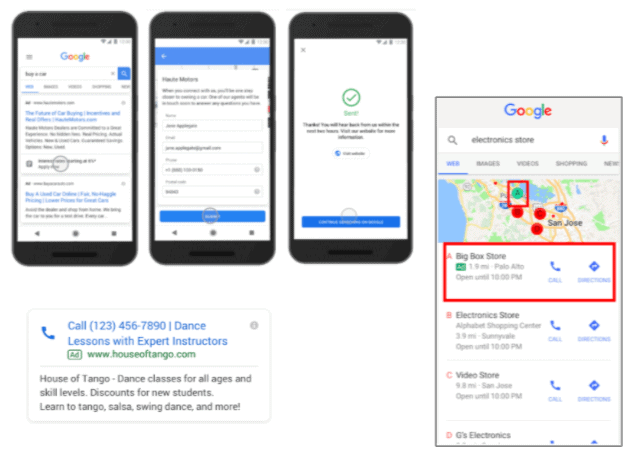
Marketing Campaigns For The Win!
- Leverage Social Media – Use social media presence for brand awareness and paid campaigns.
- Stay True To Your Brand – Let your campaigns reflect your brand.
- Know Your Audience – This will help you frame your copy and creatives to be able to connect with the audience.
- Track Your KPIs – Be sure that the campaign metrics are trackable by implementing tags and tracking codes.
We hope you enjoyed this read. If you’re looking for more great content, check out some of our other reads below:
Facebook Ads and What to Do When They Fail
Social Messaging and 8 Ways to Use It To Grow Your Business
New Social Media Platforms You Should Consider In 2021

